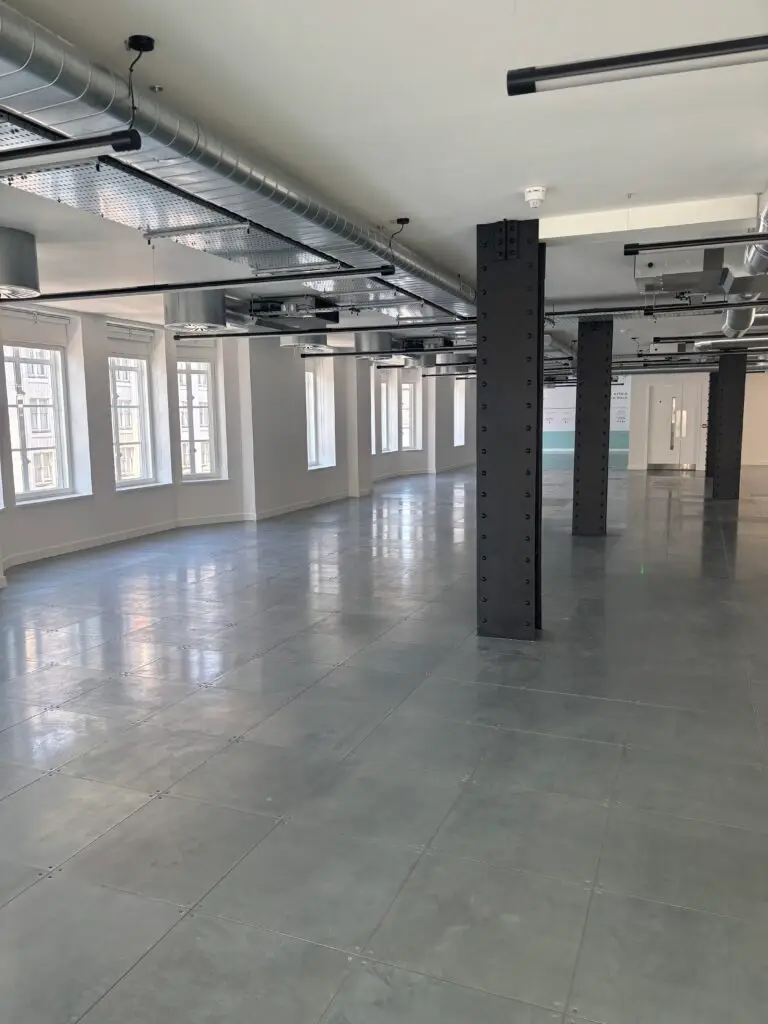What Are Office Dilapidations?
When a business moves into an office space, it takes on more than just rent and utilities. Hidden in most commercial leases are obligations that can come back into focus at the end of your tenancy — these are known as dilapidations.
For London office tenants, understanding dilapidations early can make the difference between a smooth, low-cost lease exit and a stressful, expensive one.
Understanding Office Dilapidations
Office dilapidations refer to the repairs, reinstatement and maintenance obligations that a tenant is required to carry out under the terms of their lease.
These typically apply at lease expiry or lease break and are intended to ensure the property is returned in good condition — often referred to as Category A (CATA) standard — ready for re-letting by the landlord.
Common examples include:
-
Removing internal partitions or meeting rooms
-
Repainting or repairing walls and ceilings
-
Restoring lighting, air conditioning and raised floors
-
Replacing damaged fittings or flooring
-
Complying with health, safety and building regulations
Essentially, dilapidations are about returning the office to its original state — or whatever condition the lease requires.
Why Office Dilapidations Matter
For tenants, dilapidations can carry significant financial implications. Landlords may issue a Schedule of Dilapidations listing the works required or the costs to be claimed if the tenant does not complete them.
If these obligations are not managed early, tenants risk:
-
Unexpected and inflated financial claims
-
Disruption to relocation plans
-
Legal disputes and delays in handover
For landlords, managing dilapidations ensures that the property is protected, compliant, and ready for reoccupation without unnecessary delay.
How the Office Dilapidations Process Works
-
Pre-Lease Review
Before signing a lease, it’s worth reviewing the terms relating to repairs and reinstatement. This can help negotiate fairer obligations. -
Mid-Lease Planning
Planning ahead — ideally 6–12 months before expiry — allows time to prepare and budget for any necessary works. -
Schedule of Dilapidations
Near the end of the lease, the landlord (or their surveyor) prepares a detailed report outlining the required reinstatement works. -
Negotiation or Settlement
Tenants can negotiate costs or scope, often with the support of a dilapidation surveyor to ensure fairness and cost control. -
End of Lease Works or Payment
Either the tenant completes the works (reinstating the property) or agrees a financial settlement in lieu of the works.
How to Minimise Dilapidation Costs
-
Start early – Don’t wait until the lease end. Early action gives you more control.
-
Understand your obligations – Review your lease terms with professional advice.
-
Get an independent survey – A specialist can identify realistic works and negotiate on your behalf.
-
Consider alternatives – Sometimes a financial settlement is cheaper and faster than completing the works.
How London Dilaps Ltd Can Help
At London Dilaps Ltd, we help tenants and landlords across London manage office dilapidations efficiently and fairly. Our services include:
-
Dilapidation surveys and lease assessments
-
Cost planning and project management
-
CATA reinstatement works
-
Negotiation and settlement support
We specialise in office and retail spaces, working exclusively with London SMEs to make the lease-end process simple, transparent and cost-effective.

